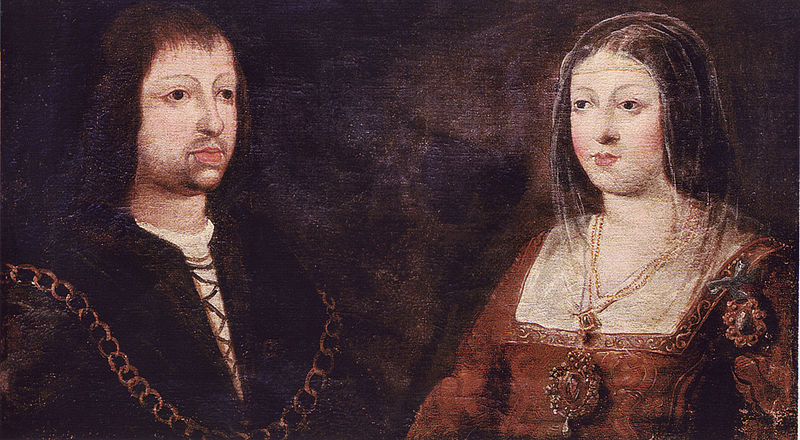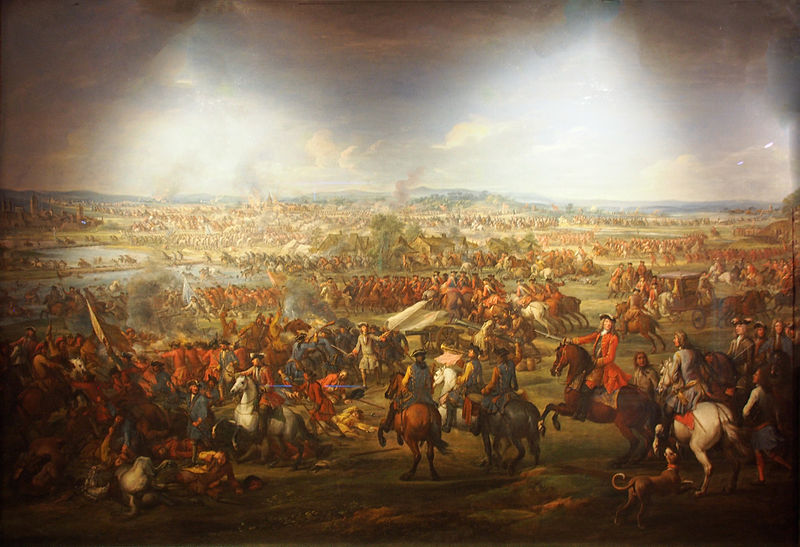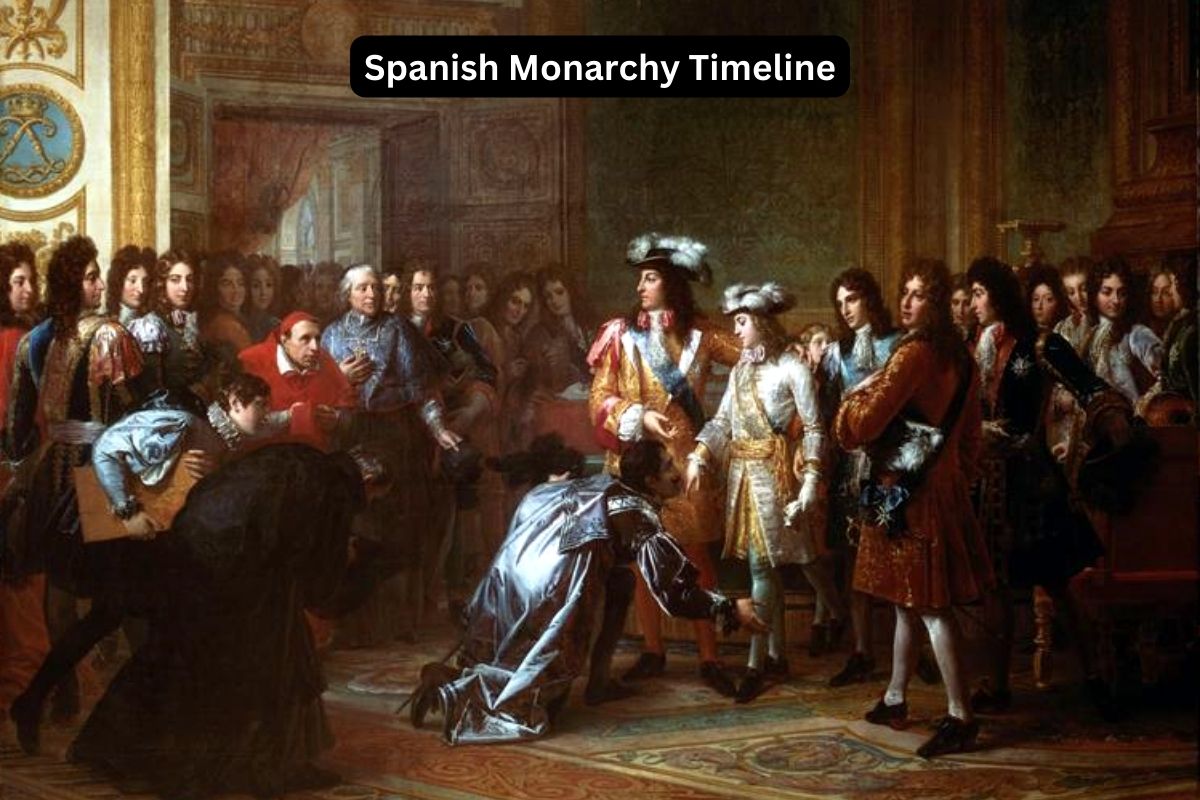Spanning centuries of rich history, the Spanish monarchy has played a central role in shaping the destiny of the Iberian Peninsula and leaving an indelible mark on the global stage.
From the union of Castile and Aragon under the Catholic Monarchs to the modern constitutional monarchy under King Felipe VI, the institution has weathered wars, revolutions, and political transitions, reflecting the complex tapestry of Spanish society.
This article provides a comprehensive overview of key events and transformations in the history of the Spanish monarchy, tracing its evolution from its medieval origins to the present day.
Through a chronological exploration of significant milestones and developments, we delve into the triumphs, challenges, and enduring legacy of one of Europe’s oldest and most enduring royal institutions.
| Year | Event |
|---|---|
| 1469 | The Catholic Monarchs, Isabella I of Castile and Ferdinand II of Aragon, marry, unifying the Kingdoms of Castile and Aragon. |
| 1492 | Completion of the Reconquista with the capture of Granada from the Moors by the Catholic Monarchs. |
| 1516 | Charles I of Spain (Charles V, Holy Roman Emperor) becomes ruler, unifying the crowns of Castile and Aragon. |
| 1556 | Charles V abdicates in favor of his son, Philip II, who becomes King of Spain and ruler of the Spanish Empire. |
| 1700 | War of the Spanish Succession leads to Philip V, the first Bourbon king, ascending to the throne. |
| 1808-1814 | Peninsular War and the rule of Joseph Bonaparte as King of Spain during the Napoleonic invasion. |
| 1814 | Restoration of Ferdinand VII to the throne after the defeat of Napoleon. |
| 1833 | Beginning of the First Carlist War over succession between Isabella II and Carlos María Isidro de Borbón. |
| 1868 | Isabella II is deposed, leading to the establishment of the First Spanish Republic. |
| 1874 | Restoration of the monarchy under Alfonso XII following the end of the First Spanish Republic. |
| 1931 | Establishment of the Second Spanish Republic after the abdication of King Alfonso XIII. |
| 1936-1939 | Spanish Civil War between Republicans and Nationalists, resulting in Franco’s dictatorship. |
| 1975 | Death of Franco; Juan Carlos I becomes King, initiating the transition to democracy. |
| 1978 | Adoption of a new democratic constitution, transitioning Spain into a constitutional monarchy. |
| 2014 | Abdication of Juan Carlos I in favor of his son, Felipe VI. |
| 2024 | King Felipe VI remains the reigning monarch of Spain. |
Timeline of the Spanish Monarchy
1469: The Marriage of Isabella I of Castile and Ferdinand II of Aragon
Isabella I of Castile and Ferdinand II of Aragon married, a union that would profoundly shape the course of Spanish history. The marriage was both a political and personal alliance, aimed at unifying the two powerful kingdoms of Castile and Aragon.
Also Read: Spanish Inquisition Timeline
Isabella, heiress to the throne of Castile, married Ferdinand, who would later become Ferdinand II of Aragon, thus creating a strong partnership between two of the most influential regions in the Iberian Peninsula.

1492: Completion of the Reconquista
The year 1492 marked a significant milestone in Spanish history with the completion of the Reconquista, a centuries-long campaign to expel Muslim rule from the Iberian Peninsula.
This historic achievement was realized under the rule of the Catholic Monarchs, Isabella I of Castile and Ferdinand II of Aragon, with the capture of Granada from the Moors.
Also Read: Timeline of the Kings of Spain
The fall of Granada not only symbolized the end of Muslim rule in Spain but also laid the foundation for the unification of Spain as a Catholic kingdom under the joint rule of Isabella and Ferdinand.
1516: Reign of Charles I of Spain
In 1516, Charles I of Spain, also known as Charles V, Holy Roman Emperor, ascended to the throne, marking a significant moment in Spanish history. As the grandson of the Catholic Monarchs, Isabella and Ferdinand, Charles inherited a vast empire that included territories in Europe, the Americas, and beyond.
His reign signaled the unification of the crowns of Castile and Aragon, as well as the beginning of Spain’s emergence as a global superpower. Charles’s rule was characterized by imperial expansion, religious turmoil, and the challenges of governing a diverse and far-reaching empire.
1556: Abdication of Charles V and Accession of Philip II
In 1556, Charles V abdicated the throne, relinquishing his vast empire to his son, Philip II. Philip II became King of Spain and ruler of the Spanish Empire, inheriting territories across Europe, the Americas, and Asia.
His reign was marked by significant political, religious, and military conflicts, including the Spanish colonization of the Americas, the expansion of the Spanish Inquisition, and wars against Protestant powers in Europe.

1700: War of the Spanish Succession and Accession of Philip V
The death of the childless Charles II of Spain in 1700 led to a contested succession known as the War of the Spanish Succession. The conflict arose due to competing claims to the Spanish throne by the Bourbon and Habsburg dynasties.
Ultimately, Philip V, a grandson of Louis XIV of France and the first Bourbon king of Spain, emerged victorious. His accession marked the beginning of the Bourbon dynasty’s rule in Spain, which would shape Spanish politics and society for centuries to come.
1808-1814: Peninsular War and the Reign of Joseph Bonaparte
The Peninsular War (1808-1814) was a major conflict fought on the Iberian Peninsula between Napoleon’s French Empire and various allied forces, including Spanish and Portuguese armies. The war erupted following Napoleon’s invasion of Spain and Portugal, which triggered popular uprisings against French rule.
During this time, Napoleon installed his brother Joseph Bonaparte as King of Spain, leading to a period of French occupation and resistance by Spanish guerrilla fighters. The Peninsular War had far-reaching consequences, weakening Spain’s position as a global power and paving the way for broader political and social changes in the region.
1814: Restoration of Ferdinand VII
Following the defeat of Napoleon and the end of the Peninsular War, Ferdinand VII was restored to the throne of Spain in 1814. His return marked the end of the French occupation and the restoration of the Bourbon monarchy in Spain.
However, Ferdinand’s rule was characterized by autocratic tendencies and conflicts with liberal and nationalist movements, leading to periods of political instability and unrest.

1833: First Carlist War
The death of Ferdinand VII in 1833 triggered a succession crisis and the outbreak of the First Carlist War. The conflict arose from competing claims to the Spanish throne between Ferdinand’s daughter, Isabella II, and his brother, Carlos María Isidro de Borbón (known as Don Carlos).
Isabella II was supported by liberal and constitutionalist factions, while Don Carlos led the conservative Carlist movement. The war, which lasted until 1839, was marked by intense military campaigns and political upheaval, ultimately resulting in Isabella’s victory and the consolidation of her rule.
1868: Overthrow of Isabella II and Establishment of the First Spanish Republic
In 1868, a popular uprising known as the Glorious Revolution led to the overthrow of Isabella II and the establishment of the First Spanish Republic. The revolution was fueled by widespread discontent with Isabella’s rule, including allegations of corruption and political repression.
The provisional government that took power after Isabella’s abdication initiated a series of political reforms and attempted to establish a more democratic system of government. However, internal divisions and external pressures ultimately undermined the republic, leading to its collapse and the restoration of the monarchy in 1874.
1874: Restoration of the Monarchy under Alfonso XII
Following the collapse of the First Spanish Republic and a period of political instability, Alfonso XII, the son of Isabella II, was restored to the throne of Spain in 1874. His reign marked the return of stability and the consolidation of parliamentary monarchy in Spain.
Alfonso XII pursued a policy of conciliation and moderation, seeking to reconcile competing political factions and promote national unity. Under his leadership, Spain experienced a period of relative peace and economic development, laying the groundwork for further political reforms in the years to come.

1931: Establishment of the Second Spanish Republic
In 1931, municipal elections in Spain resulted in significant victories for republican and socialist parties, signaling widespread discontent with the monarchy and conservative government.
In response to the election results and growing public pressure, King Alfonso XIII abdicated the throne, leading to the establishment of the Second Spanish Republic.
The new republican government embarked on a series of ambitious reforms, including the secularization of the state, land redistribution, and the expansion of civil liberties. However, political polarization, economic instability, and social unrest characterized much of the republic’s brief existence.
1936-1939: Spanish Civil War
The Spanish Civil War erupted in 1936 between the Republican government, supported by leftist and socialist factions, and the Nationalist rebels, led by General Francisco Franco and supported by conservative forces, including monarchists, fascists, and nationalists.
The war was a complex conflict driven by ideological, political, and socio-economic factors, as well as regional tensions. It was marked by intense fighting, atrocities, and foreign intervention, with Nazi Germany and Fascist Italy supporting the Nationalists, while the Soviet Union and International Brigades supported the Republicans.
The Nationalists emerged victorious in 1939, leading to the establishment of Franco’s authoritarian regime.

1975: Death of Franco and Transition to Democracy
The death of General Francisco Franco in 1975 marked the end of nearly four decades of authoritarian rule in Spain. Franco’s death created a power vacuum and raised questions about the country’s future political direction.
King Juan Carlos I, who had been designated by Franco as his successor, played a crucial role in guiding Spain through a peaceful transition to democracy. Juan Carlos I initiated political reforms, including the legalization of political parties, the drafting of a new democratic constitution, and the organization of free elections.
These efforts culminated in Spain’s transition to democracy, with the first democratic elections held in 1977. Juan Carlos I’s role in the transition earned him widespread praise and solidified the monarchy’s position as a symbol of stability and continuity in Spanish society.
2014: Abdication of Juan Carlos I and Accession of Felipe VI
In 2014, King Juan Carlos I of Spain announced his decision to abdicate the throne after nearly four decades as monarch. Citing his advancing age and a desire to facilitate a smooth transition to a new generation of leadership, Juan Carlos I passed the crown to his son, Felipe VI.
Felipe VI, previously known as the Prince of Asturias, became the new King of Spain, assuming the responsibilities of head of state.
His accession marked a significant moment in Spanish history, as he became the country’s youngest reigning monarch at the time, and signaled a transition to a new era for the Spanish monarchy.
2018: Political Turmoil and Catalan Independence Crisis
In 2018, Spain experienced a period of political turmoil fueled by the Catalan independence crisis. Catalonia, an autonomous region in northeastern Spain with its own distinct culture and language, held a controversial referendum on independence in October 2017, which was declared illegal by the Spanish government.
The referendum sparked mass protests and clashes with police, leading to a deepening political crisis. In 2018, several Catalan separatist leaders were arrested and charged with sedition and rebellion, further exacerbating tensions between the Catalan government and the central authorities in Madrid.
The crisis highlighted longstanding divisions within Spanish society and raised questions about the country’s territorial integrity and political future.
2024: Continued Reign of King Felipe VI
As of 2024, King Felipe VI continues to reign as the monarch of Spain. His reign has been characterized by efforts to modernize the monarchy, promote national unity, and uphold the constitutional order.
King Felipe VI has focused on representing Spain internationally, supporting economic and social development initiatives, and fostering dialogue among various political and social groups.
Despite ongoing challenges, including economic uncertainties, regional tensions, and societal changes, the Spanish monarchy remains an integral part of the country’s political system and cultural identity, with King Felipe VI serving as a symbol of continuity and stability in a rapidly changing world.
